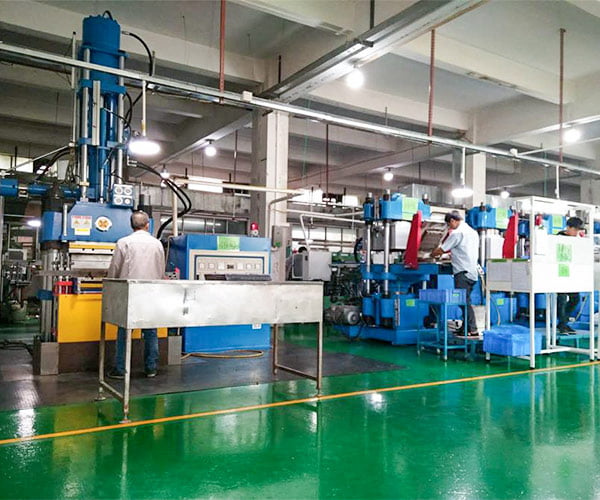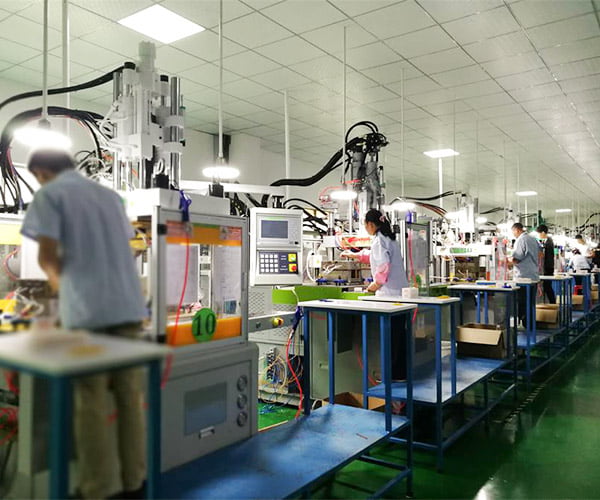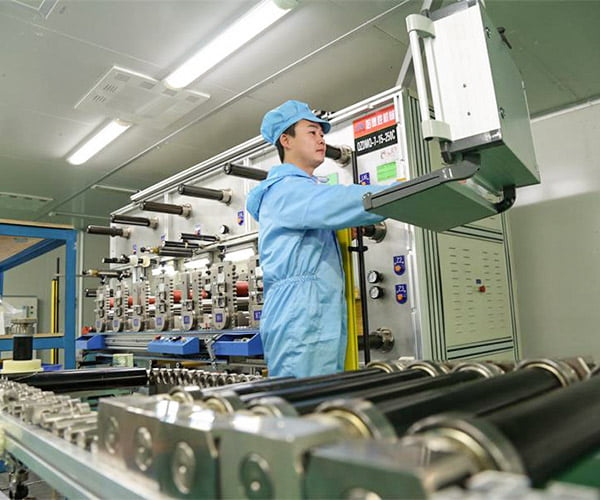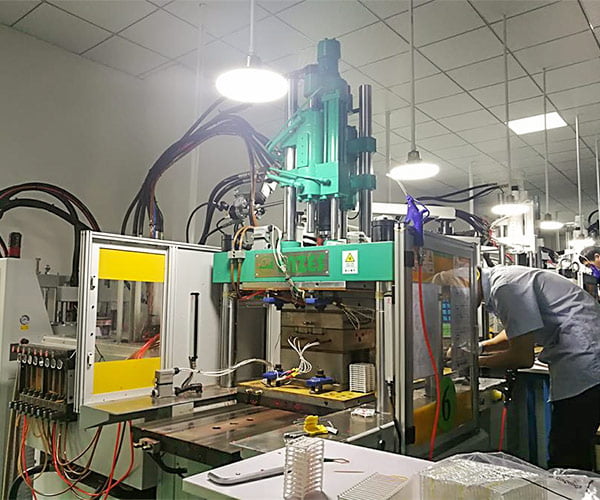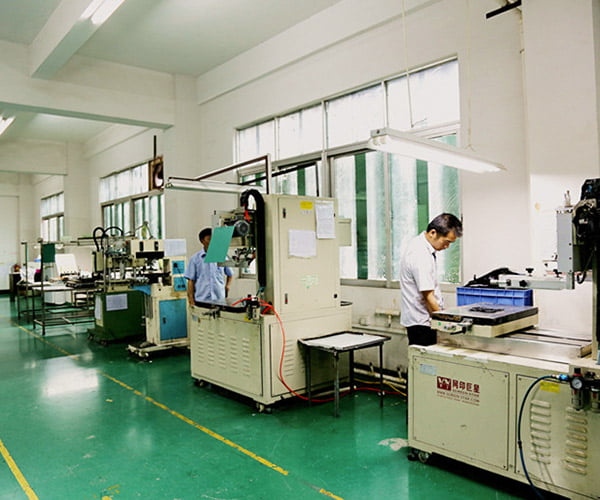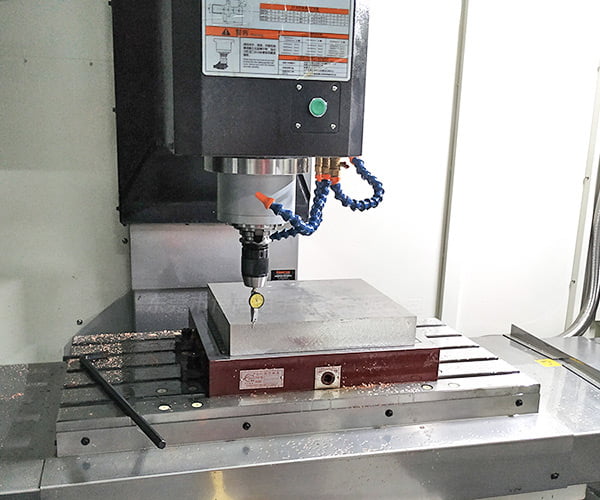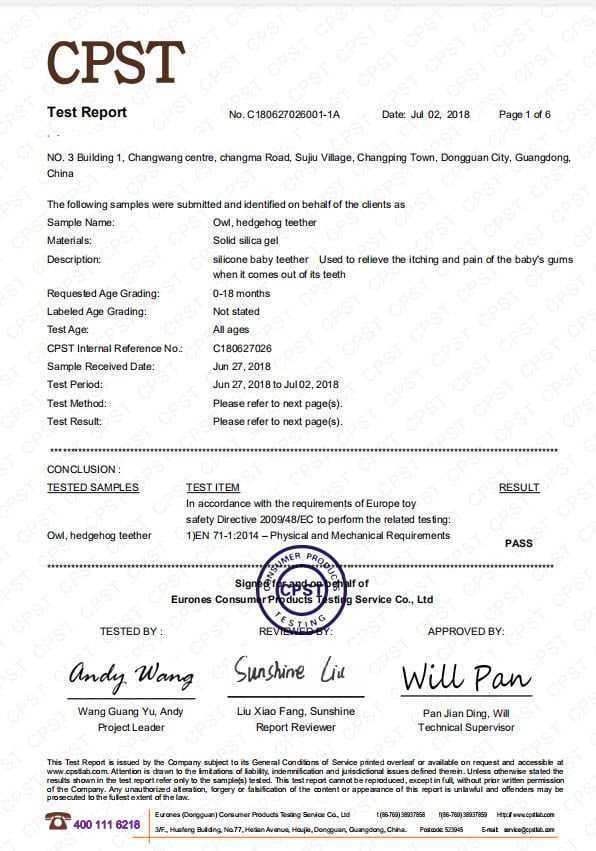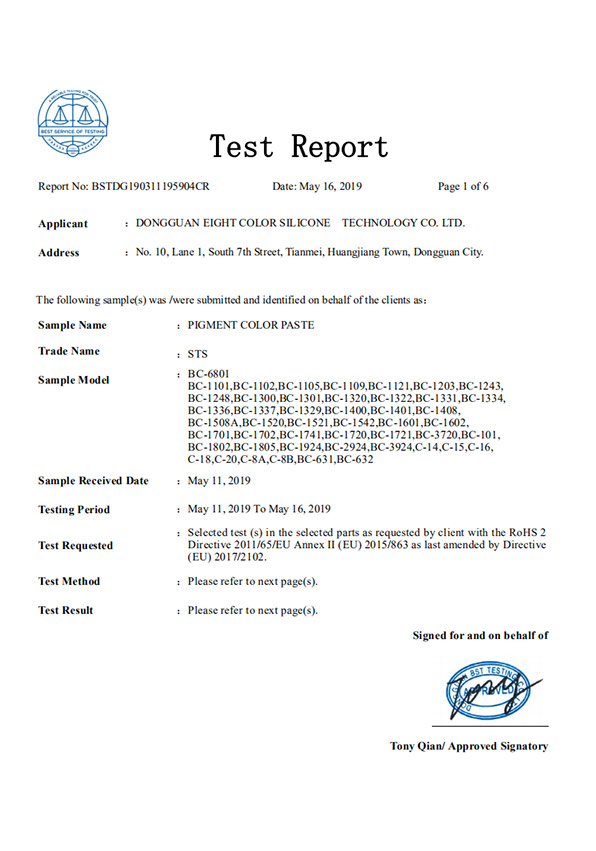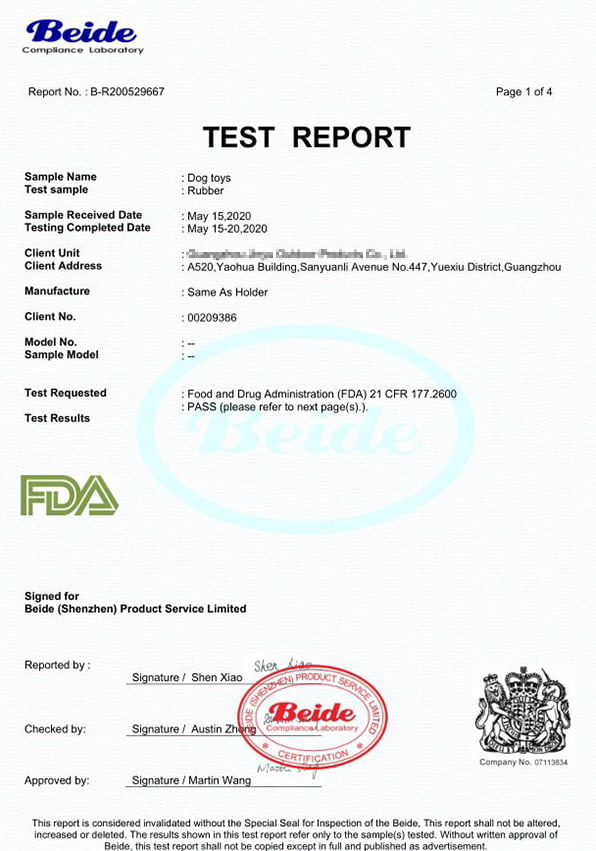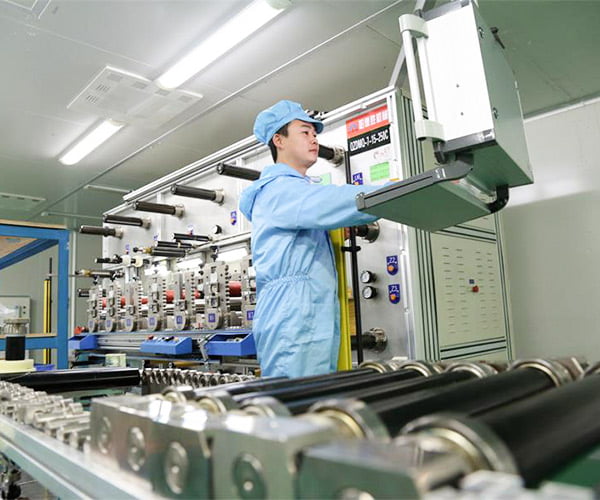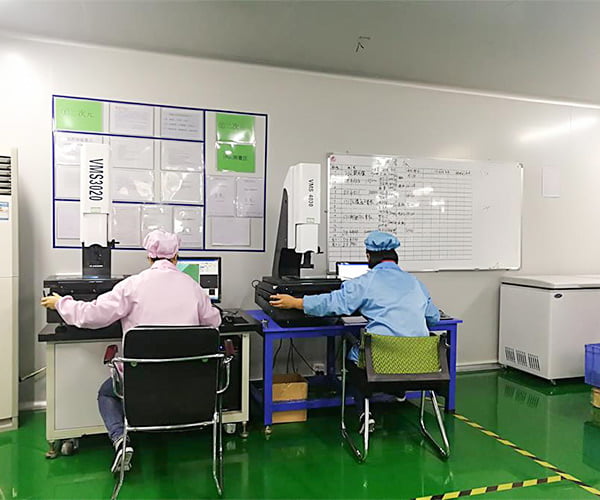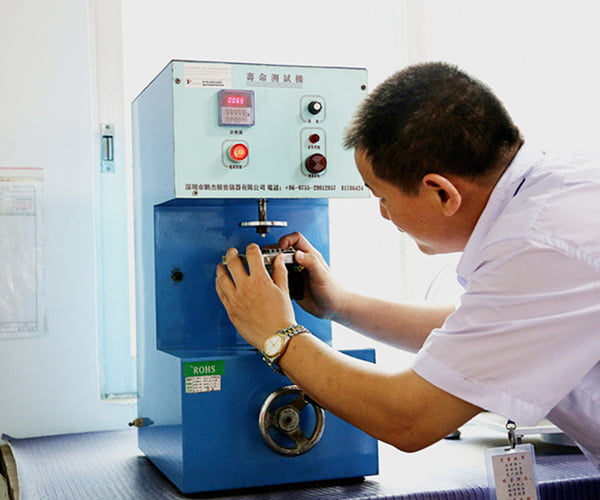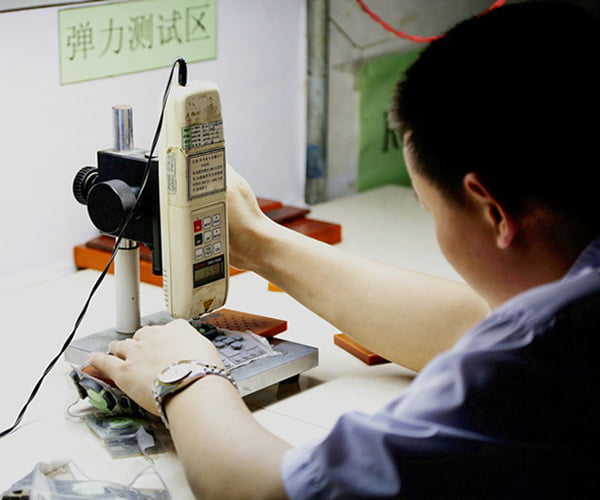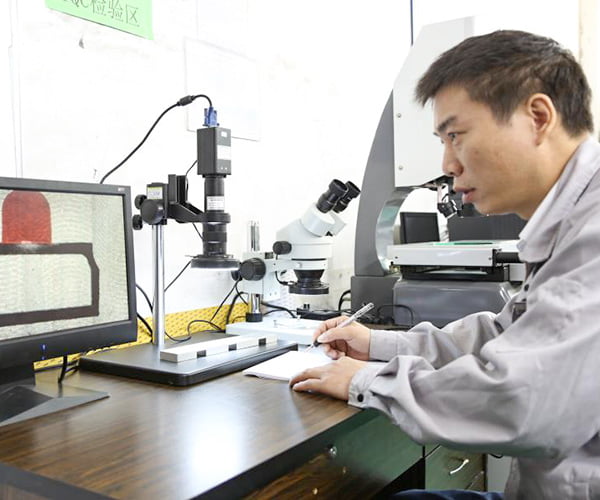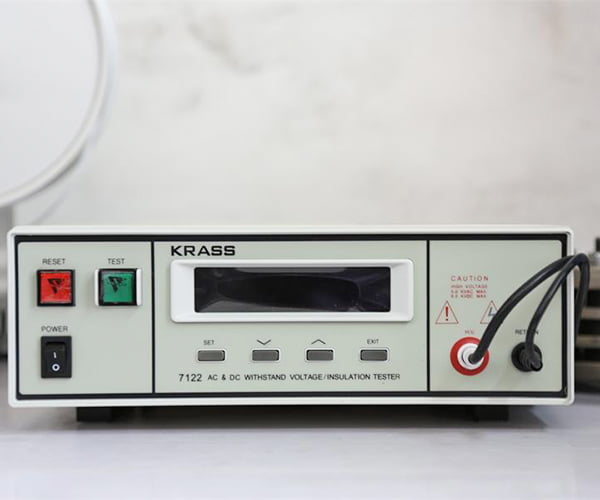Why Chose Us For Your Silicone Transfer Molding Project?
We are a leading silicone molding manufacturer in China and have over 15 years of rich experience in making different kinds of silicone molds, and custom-made molded silicone rubber products.
Our professional R&D team always can help our clients to achieve their molding requirements. We promise that your project will get the best support. Our automatic CNC tooling process can offer full set service from programming, molded material selection, tooling, and mold surface treatment.
Just send your silicone parts demand to our engineering team right now!
Silicone transfer molding parts made by medical-grade silicone gel
Silicone transfer molding can make high-quality baby silicone pacifier
Silicone transfer molding can make high precision medical silicone valve
Silicone transfer molding can produce high standard medical pressure ball
Baby silicone toothbrush made by silicone transfer molding with medical-grade silicone gel
Silicone transfer molding can make high-quality medical breathing mask
Baiwe:What is Transfer Molding?
Transfer molding is similar to injection molding and is widely regarded as a simplified variant of injection molding. Before the introduction of the screw injector, the process had a lot in common with the early iterations of injection molding. The main difference between the two molding types is the process.
Like injection, transfer molding pushes the material into the mold through a runner but uses a plunger instead of a screw injector to complete it.
Just send us your project details, we will offer you the best solution.
- Manufacturing
- Certifications
- Top Quality Control
![]()
The Advantages of Silicone Transfer Molding
Inserts are allowed: The process is very suitable for products with metal inserts.
Quick and cheaper to set up: cost-effective machinery is easy to set up, which means silicone transfer molding is good for a quick start
Lower maintenance costs: Compared with injection molding, the cost of machinery involved in transfer molding is much lower, which means lower maintenance costs.
Sharper edges: Due to the higher pressure, the transfer molding process can achieve sharper edges and cuts than injection molding.
We Also Can Offer Other Silicone Molding Service and Products for You
As the best of silicone mold manufacturer in China, there are many different methods of silicone injection molding for your option, like LSR injection molding, silicone overmolding, silicone compression molding. It depends on your specific detailed project. Contact our support team right now, we will send you our instant quote.
Silicone Transfer Molding- The Complete FAQ
- What Is Silicone Transfer Molding?
- What Is The Method Of Silicone Transfer Molding?
- How Many Processes Does Transfer Molding Have?
- What Are The Advantages Of Silicone Transfer Molding?
- What Are The Disadvantages Of Silicone Transfer Molding?
- What Is The Difference Between Injection Molding And Transfer Molding?
- Which Of These Two Methods Is Better?
- What Is The Difference Between Transfer Molding And Silicone Compression Molding?
- What Are The Applications Of Silicone Transfer Molding?
- What Is The Cost For Silicone Transfer Molding?
What Is Silicone Transfer Molding?
Silicone transfer molding is a lot like injection molding but a more simplified variation of it. Silicone molding has a piston-and-cylinder-like device built into a press so raw silicone slugs can be pushed into the mold cavities through small holes, or runners. This method transfers the silicone into the mold and heats it under pressure to produce an almost finished part.
What Is The Method Of Silicone Transfer Molding?
Silicone transfer molding consists of four steps that allow for a properly molded and cured product. Below is the process:
- Cut and weighed raw silicone slugs are filled into the transfer pot of the molding press. The silicone is then forcefully ejected from the transfer pot through a number of runners.
- After getting ejected from the runners, the silicone is forced into a mold cavity. Inside the cavity, the silicone is kept under a certain temperature for a certain amount of time to complete the curing process. The curing process can take between 2 to 12, needing temperatures ranging from 260° to 300°F and pressures ranging from 500 to 1000 psi.
- The transfer plunger is withdrawn, and any excess silicone is removed from the transfer pad.
- When the silicone is fully cured, the pressure is released and the mold is opened. After the product is removed, it goes through a secondary process of deflashing to remove any extra silicone left on the part.
The transfer molding process is preferable if you want to mold silicone components and overmold them into inserts.
![]()
How Many Processes Does Transfer Molding Have?
Transfer molding has two processes.
- Pot Transfer Molding: The silicone is injected from a “pot” through a sprue channel into the cavity.
- Plunger Transfer Molding: A plunger injects the silicone from a heated well which passes lateral channels into the cavity.
What Are The Advantages Of Silicone Transfer Molding?
Because of the simple design and the process of the machine, it has a number of unique advantages.
- Inserts Can Be Added: This method is suitable for products that require metal inserts.
- Fast And Cheap Assembly: Transfer molding has inexpensive machinery that is easily assembled making it ideal for a quick startup.
- Low Maintenance Cost: Transfer molding machinery is less costly compared to injection molding which means the maintenance is cheaper.
- Flexible Designs: Because of the higher pressure, the transfer molding process can achieve sharper edges and cutoffs.
What Are The Disadvantages Of Silicone Transfer Molding?
Though the machine’s simple design and process have advantages, it also has a few disadvantages.
- Material Waste: Transfer molding produces more waste because of the larger sprue and overflow channels. The scraps are not usable if the material is thermosetting.
- Slow: Transfer molding has a slower production speed because of the time required to preheat the materials before transfer as well as the lower capacity.
- Smaller Units: Transfer molding can’t adjust as many cavities as other methods like injection molding which means smaller units are produced per cycle.
What Is The Difference Between Injection Molding And Transfer Molding?
Just like injection molding, transfer molding forces the silicone into a mold through a sprue. But, a plunger, compared to a screw, barrel, and complicated injection system, is also used to transfer the mold.
Injection molding and transfer molding are both efficient methods of producing high-quality, durable, lightweight products in large units. However, for certain projects injection molding is suitable compared to transfer molding because of its faster production cycles.
There are also other advantages over other molding methods such as lower tooling costs, minimal flash formation at parting lines of molds, and faster setup time.
Which Of These Two Methods Is Better?
Although both of these methods share many similarities, their differences are crucial in determining which method is best for manufacturing a specific product.
Overall Investment
Both of these methods require a toolmaker or machinist to create the molds which are expensive processes in themselves. But, the cost of the machinery used is the biggest tiebreaker. The injection molding machine is slightly more expensive compared to the press needed for transfer molding because of the complicated nature and specialization of the parts in the machine.
Speed Of Production
Injection molding has a very short process cycle, lasting anywhere from 2 seconds to 2 minutes depending on the size of the part. But, if it involves removing flash or sprue, the production time will automatically increase. However, it is still shorter than the production time for transfer molding.
Cost Of Production
Materials that need a high injection pressure require a more powerful injection machine. This would make the injection machine more expensive to use compared to the transfer machine.
But since injection machines have more cavities, the production per cycle increases. Injection molding also has low long-term labor costs because it is more automatic than transfer molding.
Product Shape And Accuracy
Injection molding and transfer molding provide accurate and consistent results. But, injection molding isn’t suitable if you want sharper edges, it ends up rounding them. Even though both methods are capable of producing units with complicated forms, transfer molding costs less than injection molding.
Amount Of Waste
Even though both of these processes have sprue and flash, the waste is high with transfer molding because it has a wider sprue, air holes, and overflow grooves not found in injection molds.
Product Size
Injection molding is capable of creating larger products, reaching 80 square feet. Transfer molding is more suitable if you have small to medium-sized products because of the limitations in press sizes.
Product Volume
In terms of product quantity, injection molding wins the bet. The mostly automated system combined with shorter production cycles makes injection molding much more effective in the long run if you have high-volume products.
What Is The Difference Between Transfer Molding And Silicone Compression Molding?
Compression molding involves manual labor which transforms silicone into a molded shape by placing the silicone into an open mold cavity and closing it. When you close the mold, it delivers the force needed for the silicone to flow into the mold which has temperatures of 300 degrees or higher.
However, transfer molding requires an already preheated preform of silicone into the mold pot before a plunger applies pressure to the silicone, forcing it through a runner into a mold cavity. Transfer molding is suitable if you want a more refined mold. It also creates less flash compared to compression molding.
What Are The Applications Of Silicone Transfer Molding?
Transfer molding is suitable if you want to encase electronic components with rubber or plastic. Inserts such as metal prongs, ceramics, and semiconductor chips can be rested within the mold before the silicone is injected. This will allow it to “float” inside the material as it cures. Products such as studs, pins, molded terminals, and connectors can be created through this process.
This unique advantage makes transfer molding crucial to many industries. For example, the natural gas industry uses it to make metal-to-rubber face seals which are used to create interfaces for gas valves. The electric industry uses it to make mold connector seals around electrical wires as in the case of spark plug wires. The hydraulic industry uses it to achieve sharper cutoffs and edges, an advantage for making sharper seals.
What Is The Cost For Silicone Transfer Molding?
The cost for transfer molding is lower compared to other molding methods because it has a less complicated system. This also lowers the maintenance cost significantly.
However, because it is necessary to prepare the silicone before placing it in a pot, this increases the process cycle thereby increasing the production costs.
